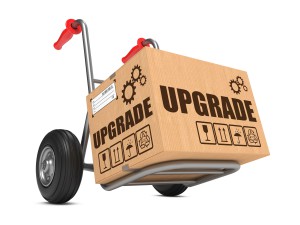 Microsoft plans to make Windows 10 upgrade a “Recommended Update.”
Microsoft plans to make Windows 10 upgrade a “Recommended Update.”
Over the past three months, Microsoft has seen a steady 1.5% increase in market share directly relating to the Windows 10 operating system. But that trend has started to slow as users stop upgrading.
Windows 7 is still the fan favorite with about 55% of the world’s PC-based systems running a version of Windows 7.
The slow down in users taking advantage of the free upgrade is prompting Microsoft to move the Windows 10 upgrade from “optional” to “recommended” status. What this means for users is the update — depending on your system settings — could automatically download and start the install process. Microsoft says “users will still have the option to back out of the installation, and can roll back to a previous version of Windows within the first 31 days after upgrading.”
This action could pose issues for end-users that are not upgrading because of software or hardware compatibility issues. Several users have also reported not upgrading because they know and are comfortable with their current version of Windows. These users tend to find the mobile style of Windows 10 to be overwhelming and confusing.
The reclassification of the update is not set to happen until sometime next year, but users should start to take precautions if they want to avoid the update.
(Image Source: iCLIPART)

 Microsoft plans to make Windows 10 upgrade a “Recommended Update.”
Microsoft plans to make Windows 10 upgrade a “Recommended Update.”